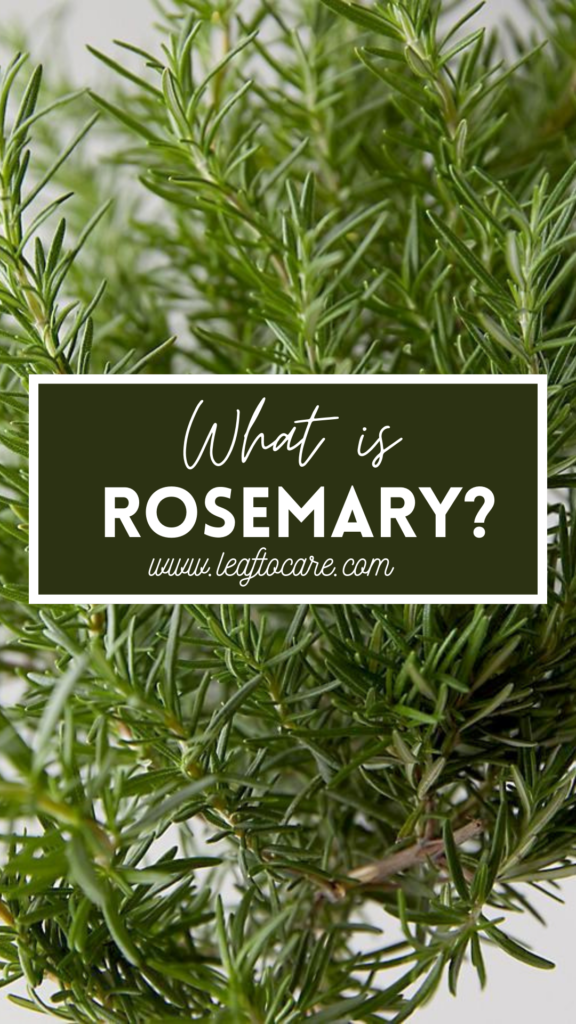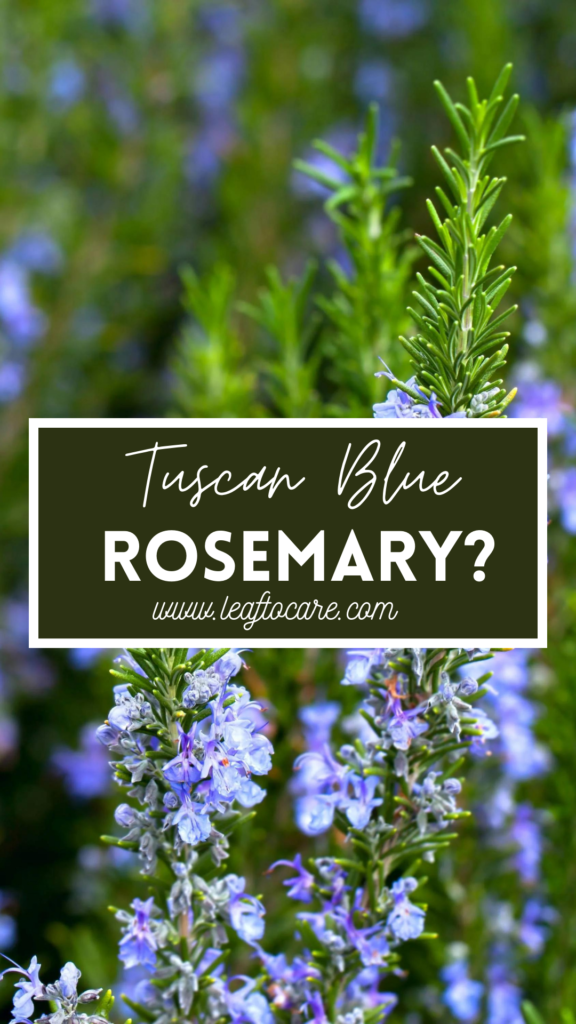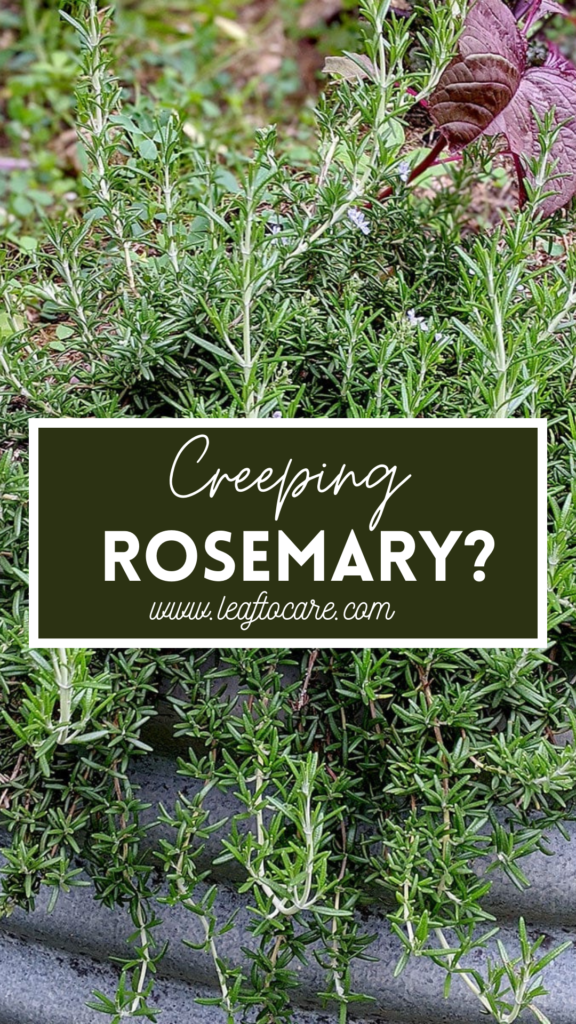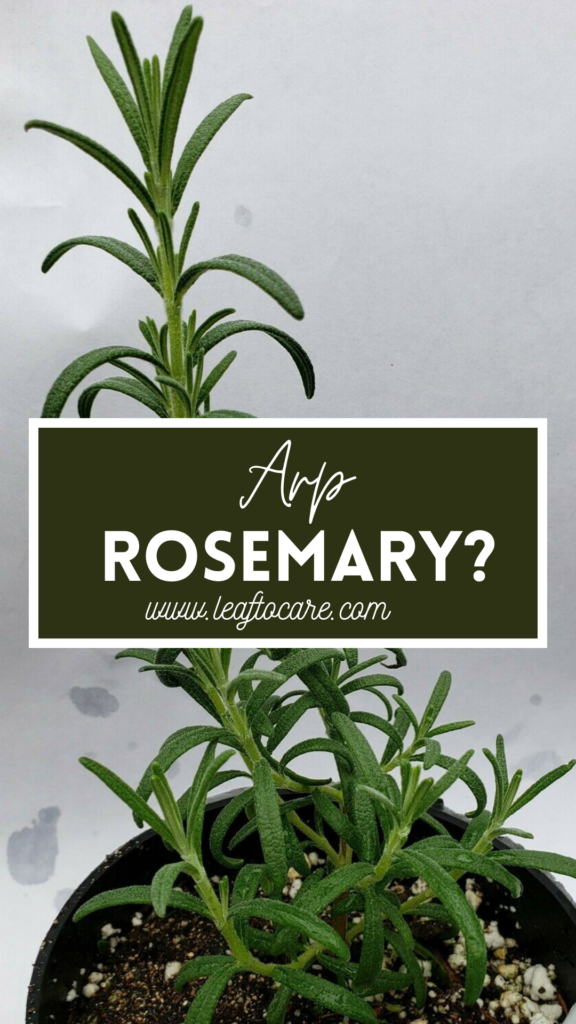Rosemary is a great-smelling herb that belongs to the same plant family as lavender and sage. You can find different types of rosemary in stores, some grow upwards while others spread out, and they come in various colors like blue, pink, white, or purple. Some kinds are more fragrant than others. Keep reading to learn about the most common types to pick the perfect one for your garden.
What is Rosemary?

Rosemary is a nice-smelling herb with pointy leaves and a strong, pine-like smell. It’s part of the mint family and is commonly used in cooking, especially in Mediterranean dishes, to make food taste better. People also use it to add a pleasant scent to perfumes, beauty products, and natural remedies. Rosemary is a tough, green shrub that stays alive all year and can be grown in gardens or pots. There are different types of rosemary with various looks and ways they grow.
Are There Different Types of Rosemary Plants?

Rosemary, a wonderful herb from the Mediterranean, comes in many different types within the Rosmarinus officinalis family. There are upright ones like ‘Tuscan Blue’ and trailing ones like ‘Prostratus,’ each with its special appeal. Whether you like dainty leaves or sturdy bushes, there’s a type of rosemary for everyone’s preference and purpose.
Types of rosemary
Rosemary divides neatly into two categories: creeping and upright. Creeping types sprawl low, ideal for ground cover, while upright varieties grow tall and bushy. Here are a few popular ones:
Salem

Salem Rosemary is a tough and quickly growing evergreen plant with an upright form and beautiful blue flowers. People appreciate it for its powerful pine scent, but it’s better suited for landscaping rather than cooking. It can grow up to a meter in both height and width, preferring plenty of sunlight and a bit more water. It does well in soil that drains well.
Tuscan Blue Rosemary

Tuscan Blue Rosemary, known as Rosmarinus officinalis ‘Tuscan Blue,’ stands out with its upright growth and deep green leaves. As a perennial, it can reach an impressive height of 6 feet when mature.
Creeping rosemary

Creeping Rosemary is a low-growing, aromatic evergreen with needle-like leaves that sprawl close to the ground. Ideal for ground cover in dry or rocky soil, it adds beauty and fragrance to gardens, slopes, and containers.
Hill Hardy Rosemary

This type of rosemary is valued for its ability to withstand cold weather and adapt to different environments. It has a compact shape, with slender, dark green leaves and delicate pale blue flowers that usually blossom in early summer.
Arp Rosemary

Arp Rosemary stands out with its strong, upward growth, displaying silvery-green leaves and beautiful pale blue flowers.
Huntington Carpet Rosemary

Huntington Carpet rosemary is a spreading type with small, dark green leaves and bright blue flowers. It’s easy to take care of and likes soil that drains well. It does best in zones 7-10, not liking really cold weather. This variety is popular in the kitchen because of its strong pine smell and unique taste. People love using it to add a delightful herbal touch to oils, bread, and savory pastries, especially with fillings like cheese, mushrooms, or spinach.
Other varieties of rosemary
here’s a list of rosemary varieties with shortened names:
- 1: Miss Jessopp’s Upright
- 2: Albiflorus
- 3: Majorca Pink
- 4: Lockwood de Forest
- 5: Blue Boy
- 6: Pinkie
- 7: White
Conclusion
Identifying different types of rosemary involves noting variations in growth habits, leaf shapes, flower colors, and overall sizes. Understanding these key traits—ranging from upright forms like Miss Jessopp’s Upright to compact varieties like Blue Boy—enables enthusiasts to distinguish between the diverse array of rosemary cultivars. Whether it’s the delicate pink blooms of Majorca Pink or the aromatic foliage of Albiflorus, recognizing these distinct characteristics empowers individuals to navigate and appreciate the rich diversity within the rosemary family.
